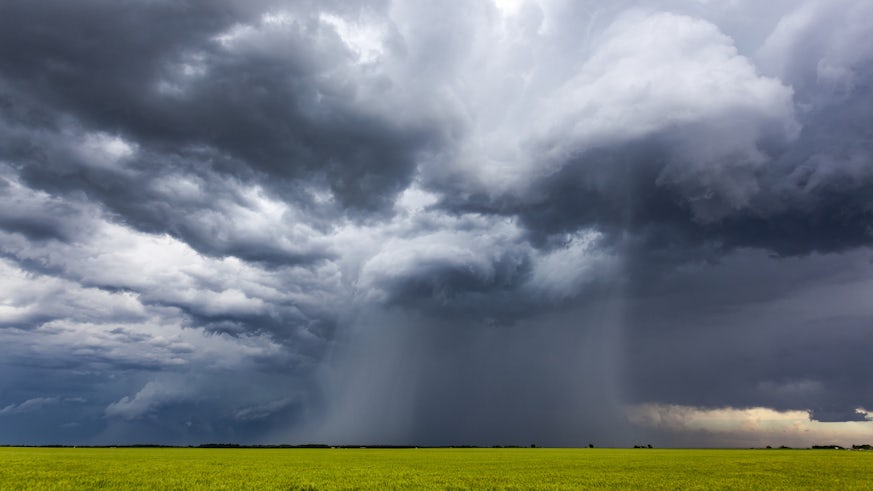Assessing climate change impact on extreme rainfall
12 October 2017

A rainstorm generator that can simulate extreme rainfall conditions under various climate change scenarios has been created by a team led by Dr Michael Singer from the School of Earth and Environmental Sciences.
The model, known as STORM, can be applied to any area based on information of where rainfall has previously occurred and on how much fell on a per-minute basis.
It is hoped that STORM will enable scientists to better understand and predict the effects of climate change and help to prepare for the extreme consequence of large rain storms, such as flooding.
The model has been presented in a new paper published today in the journal Environmental Research Letters.
Thunderstorms, also known as convective precipitation, are generated when the Earth’s surface is sufficiently heated, allowing moisture to quickly rise into the atmosphere and condense very rapidly to form sudden storms.
Convective precipitation plays a key role in controlling the amount of water running into rivers and the flow of the river itself, as well as the amount of water supplied to vegetation and human populations; however, little is known about how future climate change will affect convective precipitation.
This is important because convective rainfall can often lead to extreme flooding and subsequent disasters in populated areas.
Dr Michael Singer, from Cardiff University’s School of Earth and Environmental Sciences, said: “The general problem is that we know that climate change is occurring all over the globe, but we don’t know how it will affect convective precipitation and associated runoff.”
To address this challenge, the team developed a model that could simulate individual rainstorms over a particular river basin under a number of climate change scenarios over many decades.
In their study, the team, which also includes Dr Katerina Michaelides from the University of Bristol, applied their model to the Walnut Gulch Experimental Watershed in Arizona – a place with excellent long-term historical rainfall data.
The team found that there had been an increase in rainfall within the region overall, but that each storm was less intense and therefore dropped less water. This meant that the water was coming in smaller, more frequent bursts.
“This lower intensity rainfall implies less runoff over the surface, which means we should see a decline in runoff over a whole basin. Our model results agree with this data – there has been a decline in runoff within this ephemeral stream.”
These results go against previous notions of how rainfall should respond to atmospheric warming.
Dr Singer and his team now intend to apply their model to other areas to investigate how climate change will affect the magnitude and frequency of river runoff.
Share this story
The School is committed to achieving the highest standards in research and education and to providing a rich and varied research-led environment.




